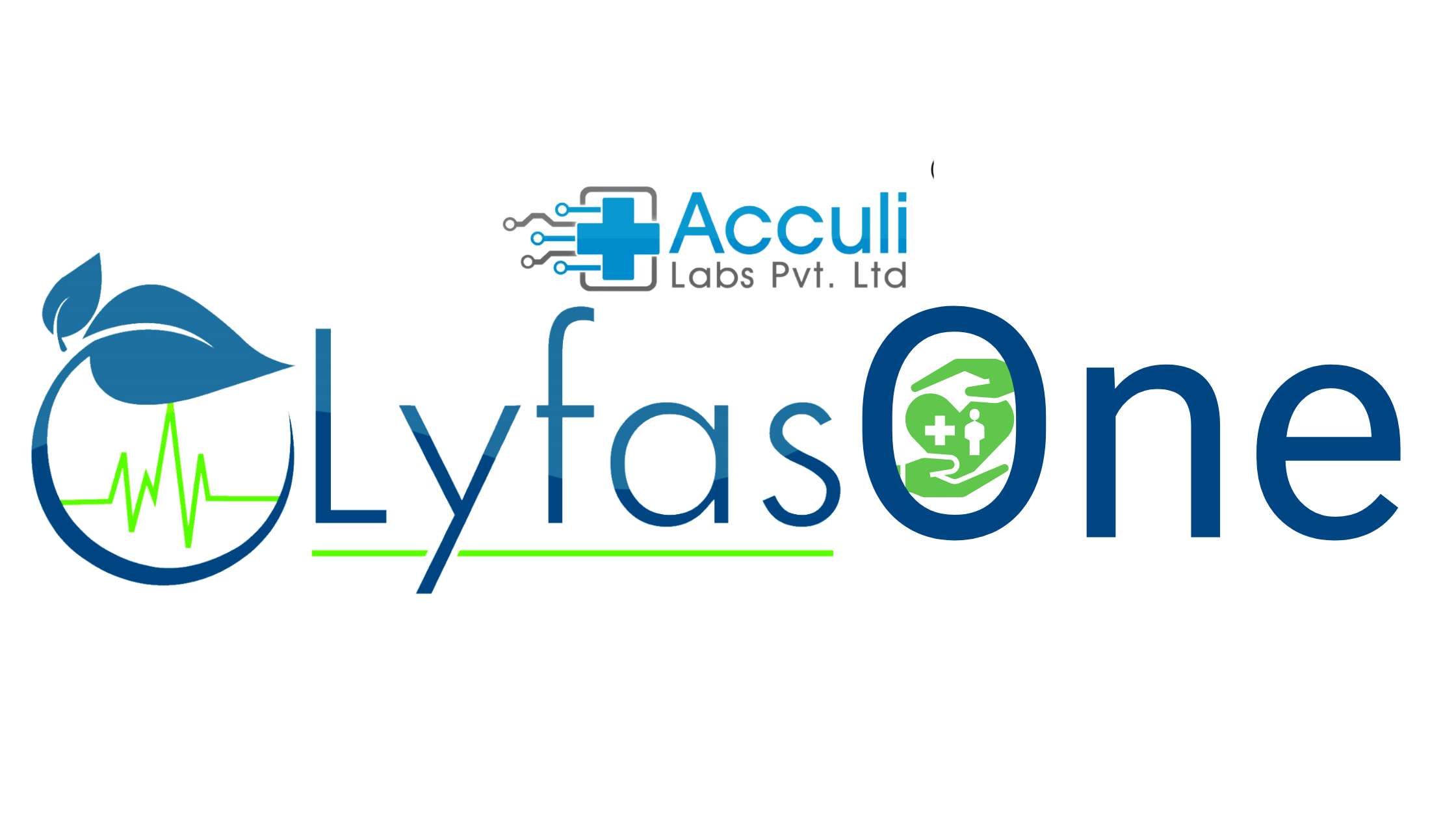B. How Reductionism has become mainstream?
Our brain doesn’t work in two ways when we start reducing complexities through approximation, we start losing our abilities to deal with complexities in life and look for a simple solution to everything. Following are some of the real-life examples of reductionism.
| Dimension of Life | Actual Process | Reduction |
|---|---|---|
| Pranethood | 1. Giving birth. 2. feeding. 3. safeguarding. 4. Isolation 5. Exploration. 6. Individualization. 7. Integration. 8. Teaching, 9. Skill training. 10. Value imparting. 11. Stress handling. 12. Livelihood training. 13. Social teaching. 14. Emotional development. 15. Thinking development, 16. Experimentation 17. Physical training. 18. Failure training. 19. Problem-solving. 20. Habit forming 21. Hand holding. 22. Curiosity quenching. 23. Artistic development. 24. Aesthetic development. | 1. Baby through IVF, 2. Raising through a nanny. 3. Packaged milk feeding. 4. Spending money on schools. 5. Hoping that the child will get a job. 6. Marrying. 7. Hoping that your child will take care of you for the rest of your life. |
| Relationship for a man | 1. Battling in life to understand life. 2. Arranging {food, water, energy, shelter} 3. Accumulating wealth for the future. 4. Accumulating knowledge. 5. Building social strength. 6. Building physical capabilities. 7. Understanding women. 8. Discovering purpose in life. 9. Discovering “Who am I” 10. Becoming irreplaceable for society, by becoming useful. 11. Competitiveness. 12. Confidence. 13. Accountability. 14. Earning. 15. Satisfaction and Happiness. 16. Exploration and knowledge. 17. Army and war training. 18. Patience. 19. Persevarence. 20. Becoming wise. 21. Becoming desirable by women. 22. Conversation. 23. Interdependency. 24. Seduction. 25. Sexuality 26. Being selected. | 1. Complete degree. 2. Get a job and earn a decent salary. 3. Let parents see a girl. 4. Get married. |
| Knowledge and Wisdom | 1. Suffer in life. 2. Deal with life and death. 3. Understanding you don’t know enough. 4. Observation to know more. 5. Reading to make sense of the observation. 6. Theory to model the learnings into philosophy. 7. Science to understand the scientific reasons behind the observations. 8. Experimentation and applying the theory into practice. 9. Calibration: Adjusting the observation and learning based on experimental outcomes. 10. Teaching: to ensure that the learning is so simple that even a five-year-old can understand. 11. Sharing and Writing: Telling others about the learning so as to ensure you didn’t learn wrong. 12. Applying learning to different areas of life to convert theory into law. 13. Keep using learning to solve life’s problems, and become wiser after enough problem is solved. | 1. Open an Article. 2. Read the highlighted bullet points. 3. Mug up some silly statistics. 4. Mug up some cliches, quotes, and internet laws like “Something that is to go wrong will anyways go wrong” 5. Learn and mug up keywords. 6. Find dumb and give them Gyan. 7. When they nod, get validated that you learned. Life teaches knowledge and experience teaches wisdom. Read and mugup this quote and feel that you have already learned knowledge, and have become wiser. |
Machines reduce human effort. We have taken this learning way too seriously. We think today(no, not think, thinking is hard, we live under the opinion) that we won’t have to think, feel, build emotions, gather experiences, suffer in life, battle in life, work hard in life, learn and become better every day in life, teaching others and making them better every day, becoming more fulfilled, becoming more satisfied, creating an intimate relationship are important, and each of these will be done by the machines.
Intimacy first got reduced into intercourse, and now intercourse is replaced by pleasure through porn and sex toys!

